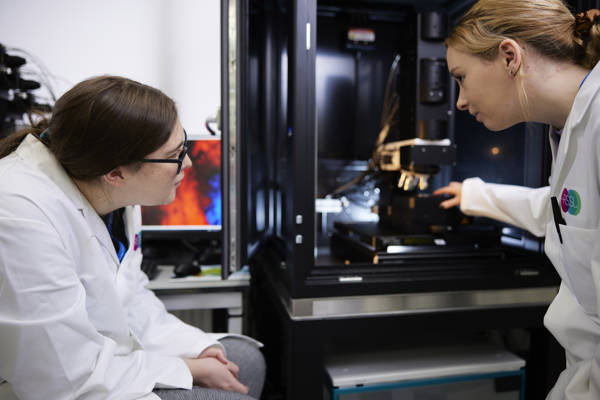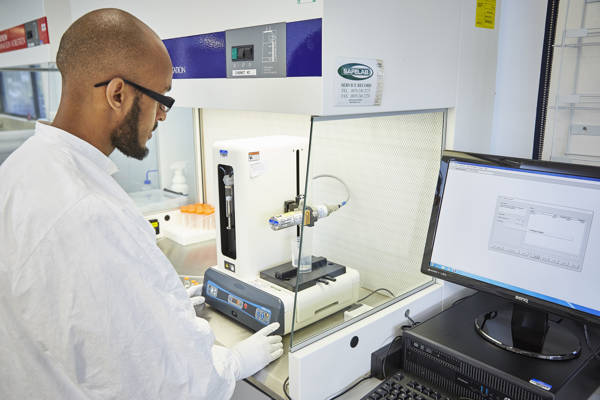Physical contamination of food & foreign body identification


Consumer complaints related to physical contamination, such as plastic contamination and physical food contamination, or foreign body detection in food products, have the potential to damage brand reputation. Whether it’s a fragment of plastic or traces of particulates, this type of discovery raises questions about product safety and threatens consumer loyalty. It demands immediate attention. You need to know what has been found and how it got there. Only then can you decide whether the best course of action is consumer reassurance, a production fix or a product recall. And we can help.
Our experienced analysts will carry out a series of targeted investigations to find the root cause of the physical contamination of your food product quickly and accurately. Key insights include:



Our rapid and routine procedures can identify common physical contaminants in food and foreign material contaminants including:
Along with different types of contamination in food and direct food contamination we can also undertake a saliva analysis test, which can indicate if the sample has been in the client's mouth. Additionally, we can analyse if a stain or residue is blood.
We can also work with you to establish a robust reference system of potential physical contaminants and foreign bodies. All you need to do is provide us with samples of materials that may come into contact with your product during the manufacturing process. Using a range of different physical food contamination and foreign body detection techniques, we then build a searchable reference library for future root cause investigations.
RSSL offers a range of tests for the presence and identification of foreign matter contamination in food. The techniques used will depend on the nature of the material identified. All investigations start with light microscopy and from there we then determine additional techniques which are most suitable to support with identification. For example, we can determine metals by using SEM EDS. And we can establish the grade of stainless steel, for example, SAE 304 stainless steel can be identified as this steel contains both chromium and nickel metals in specific percentages. We can also identify glass as we have a UKAS accredited method of elemental analysis which makes it possible to determine if glass is from industrial or domestic sources. For more complex analysis we can also use Fourier transform infrared (FT-IR) or RAMAN spectroscopic techniques, which can indicate the identity of any organic or chemical contaminants.
RSSL has extensive experience in analysis of haze (suspended small or colloidal particles) in drinks, we can investigate and confirm how they came to be there. Our technical experts would start the investigation by trying to isolate the suspended particles and then complete a suite of analytical testing using light microscopy in the first instance, then characterising the particles using Fourier transform infrared (FT-IR) or RAMAN spectroscopic techniques. We have also found that SEM (Scanning Electron Microscopy) can help to determine the composition of the haze particles with our food and beverage contaminant testing.
RSSL can help you to identify the source of a physical food contamination, supporting internal root cause investigations. When an investigation undertaken, it is preferable to analyse a reference sample (that is suspected to be the source of contamination) against the test item to strengthen the results of the investigation. In addition we can build a database of materials from within the factory, this can be used for potential future investigations. To find out more or to discuss your requirements, please contact our customer services team.
Yes we can support with this. RSSL provides an Priority Response Service (ERS), an annual membership service, which gives you access to our technical experts and rapid analytical support 24 hours a day, 365 days a year. Our PRS can support you in circumstances such as customer complaints, product tampering, physical contamination in food, counterfeiting or processing and packaging failures. We can deliver results in 24 hours or 2 days dependent on urgency. To find out more you can download our PRS brochure and contact our customer service team.